In assisted living facilities, residents live in an apartment-like setting and arrange for services necessary to accommodate their needs and abilities in order to maintain as much independence as possible. Unlike congregate care, assisted living facilities usually have staff available 24/7 to provide residents assistance with basic ADLs and instrumental ADLs and limited medical care.
Staff members routinely provide assistance with medications and housekeeping. Most assisted living facilities provide licensed nursing services, but the hours vary greatly, so be sure to ask when you visit. Social activities and scheduled transportation are also available in most communities. A special unit for Alzheimer’s residents is available in some, but not all, communities.
Accommodations
Accommodations vary depending on the facility. Most facilities have a group dining area and common areas for social and recreational activities. Residents’ living quarters are generally semiprivate or private apartments that include a furnished or unfurnished bedroom, kitchen area, and bathroom. Variations may be available, including private studio apartments, one-bedroom private apartments, and one-bedroom shared apartments; residents might also be able to select dormitory-style bedroom arrangements. Residents are separately charged for housing and the cost of any ADL assistance.
Services Offered
In addition to what congregate care facilities offer, assisted living facilities will typically also offer:
- Three meals per day and snacks
- Varying levels of health care
- 24-hour supervision
- Assistance with ADLs:
- Incontinence care
- Assistance with bathing
- Toileting
- Medication management
- Educational activities
- Emergency call systems in private and common areas
- Exercise activities
- Housekeeping and maintenance
- Organized recreational activities
- Personal and non-personal laundry service
- Social services and religious activities
- Transportation arrangements
- Wellness programs
When you are evaluating an assisted living facility, you should receive an initial orientation of the services provided. Additionally, an assisted living service coordinator should make an initial evaluation to determine which services you need.
After moving in, you should be reevaluated on a regular basis and modifications made to your service program to reflect any services you no longer need or any additional services you require. You should have access to these evaluations at all times and should be given a copy of each evaluation for your own records.
Required Licensing
Assisted living facilities obtain their licenses from state agencies to provide their seniors with assisted care in-house. When doing your research, try to find out as much as you can about the regulations governing these facilities in your area. Currently no federal regulation exists for assisted living facilities.
Because of differing state laws, you have to do a higher level of due diligence. Check the qualifications of the administrator as well as the service providers for an assisted living facility. Make sure they have the training, background and experience to handle a facility of this size and type.
Staffing Levels
Consider staffing levels and the type of staff employed in an assisted living facility. Make sure they are sufficient for the size of the facility, the services offered, and any special requirements of the residents. Typically, a staff will include:
(1) Activity directors
(2) Administrators
(3) Certified nursing assistants
(4) Food service managers
(5) Health / wellness directors
(6) Licensed vocational nurses
(7) Maintenance personnel
(8) Personal care attendants
(9) Registered nurses
Also look at the number and types of contracted service personnel. Typically these will include:
(1) Beauticians
(2) Dieticians
(3) Nutritionists
(4) Occupational therapists
(5) Physical therapists
(6) Physicians
When evaluating the care staff, make sure there is a sufficient number of individuals to adequately meet resident needs in these areas:
(1) 24-hour scheduled needs
(2) Any unscheduled needs that might arise
(3) Families of residents
(4) Education, skills and ongoing training to serve resident needs
Detailed Checklist for Evaluating Assisted Living Facilities
A more detailed facility evaluation checklist is provided in on the Finding Home Over 50 website. Click here
Assisted living communities are also known as:
(1) Assisted care communities
(2) Residential care facilities


 Personal Development Goals
Personal Development Goals
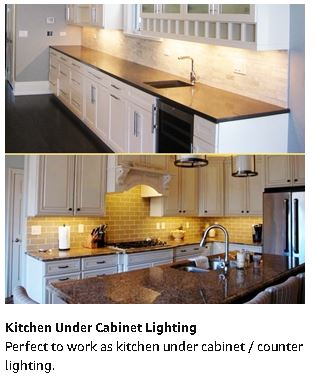
 Bedrooms Designed for Aging in Place
Bedrooms Designed for Aging in Place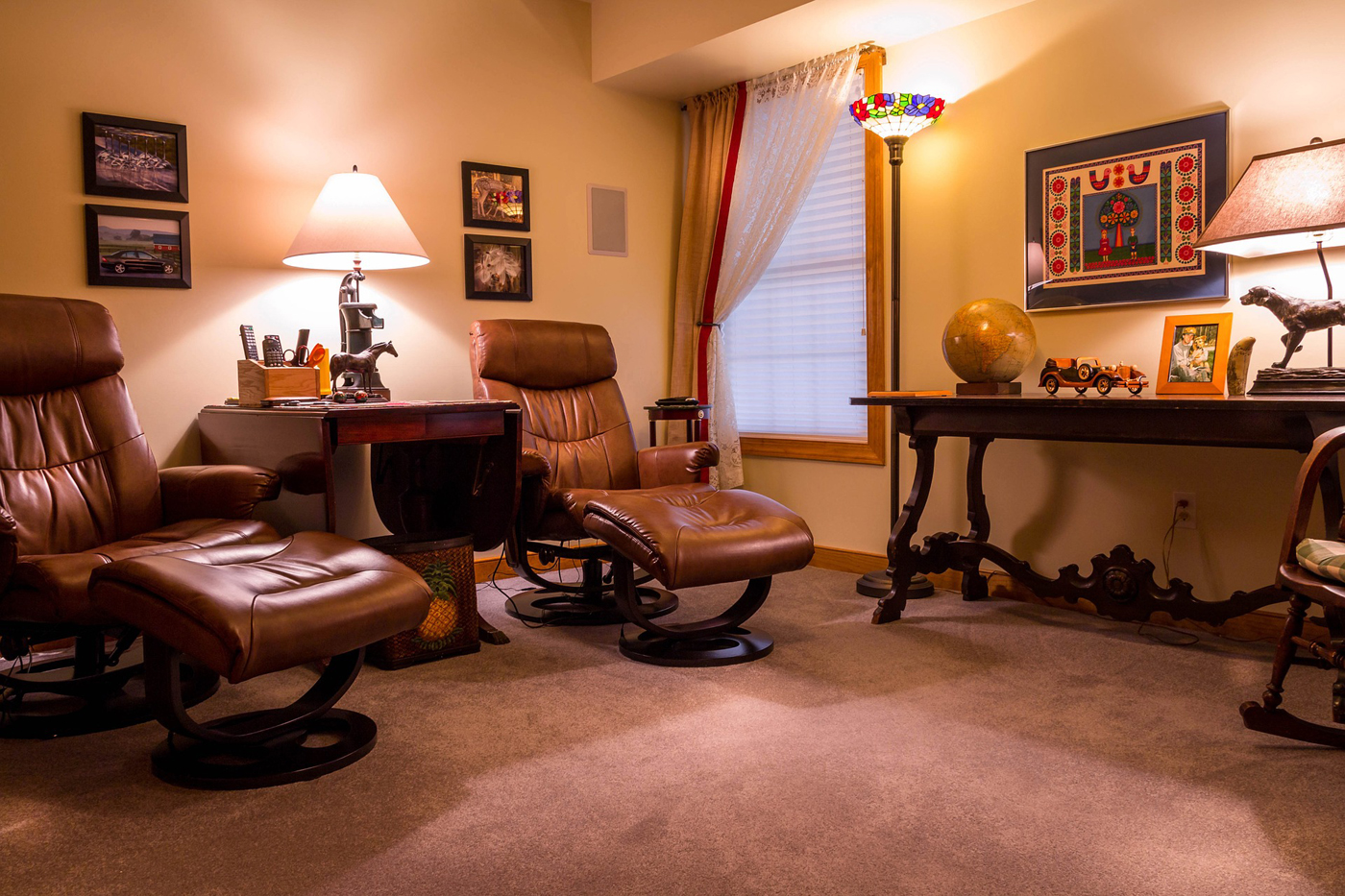 Furniture
Furniture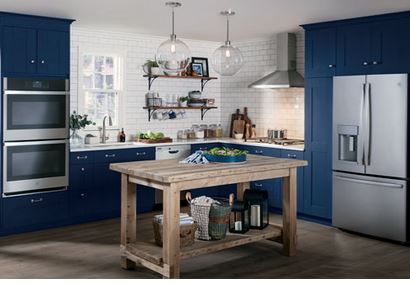 Kitchens Designed for Aging in Place
Kitchens Designed for Aging in Place Lighting and Light Switches
Lighting and Light Switches
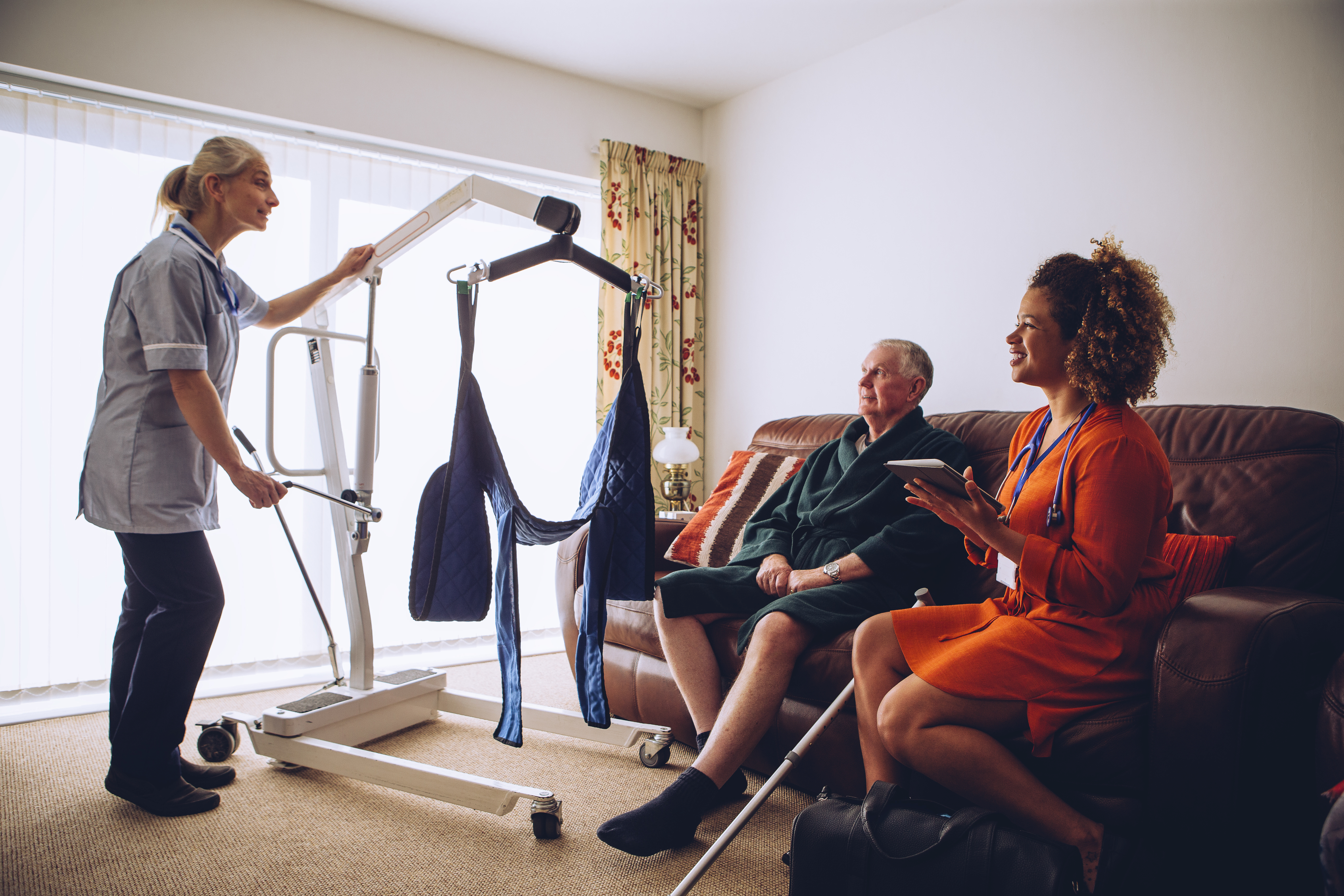 Assisting With Functional Mobility
Assisting With Functional Mobility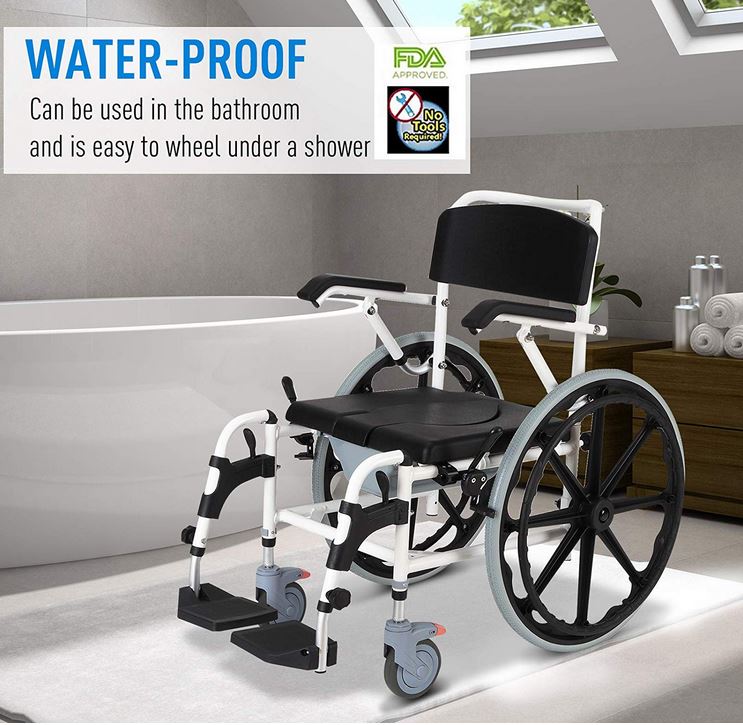 Bath and Shower Mobility Aids
Bath and Shower Mobility Aids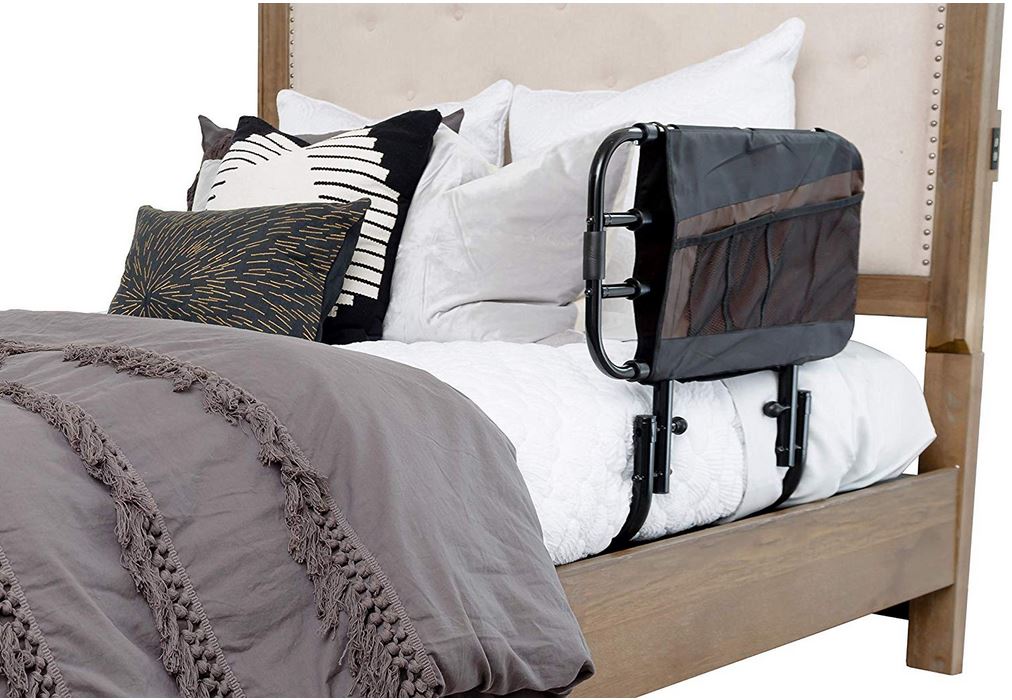 Bedroom Mobility Aids
Bedroom Mobility Aids Assisting with Personal Grooming and Hygiene
Assisting with Personal Grooming and Hygiene Caring for Someone With Incontinence
Caring for Someone With Incontinence Helping People To Cope with Alzheimer’s and Dementia
Helping People To Cope with Alzheimer’s and Dementia Helping With Bill Paying
Helping With Bill Paying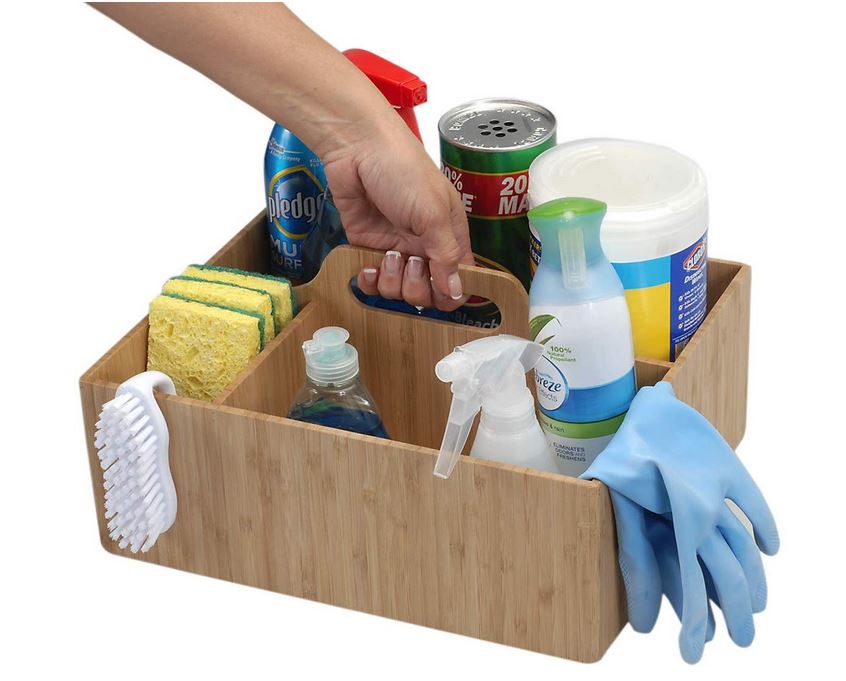 Home Cleaning Services
Home Cleaning Services Offering Companionship
Offering Companionship Providing Medication Reminders
Providing Medication Reminders Providing Transportation
Providing Transportation Running Errands
Running Errands
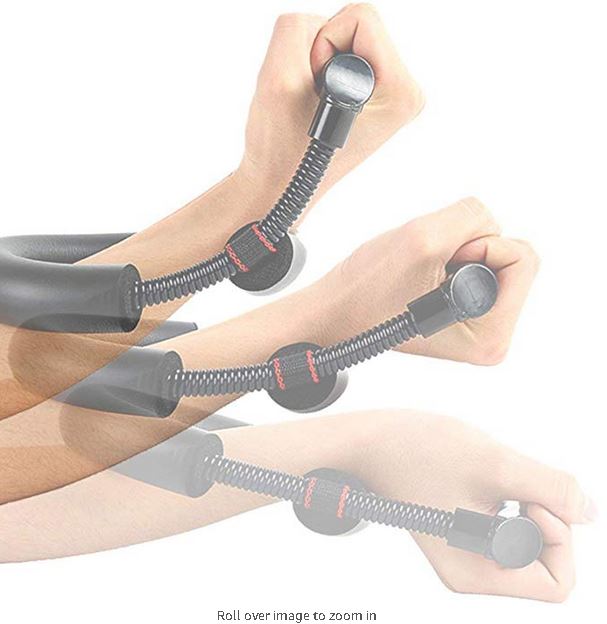
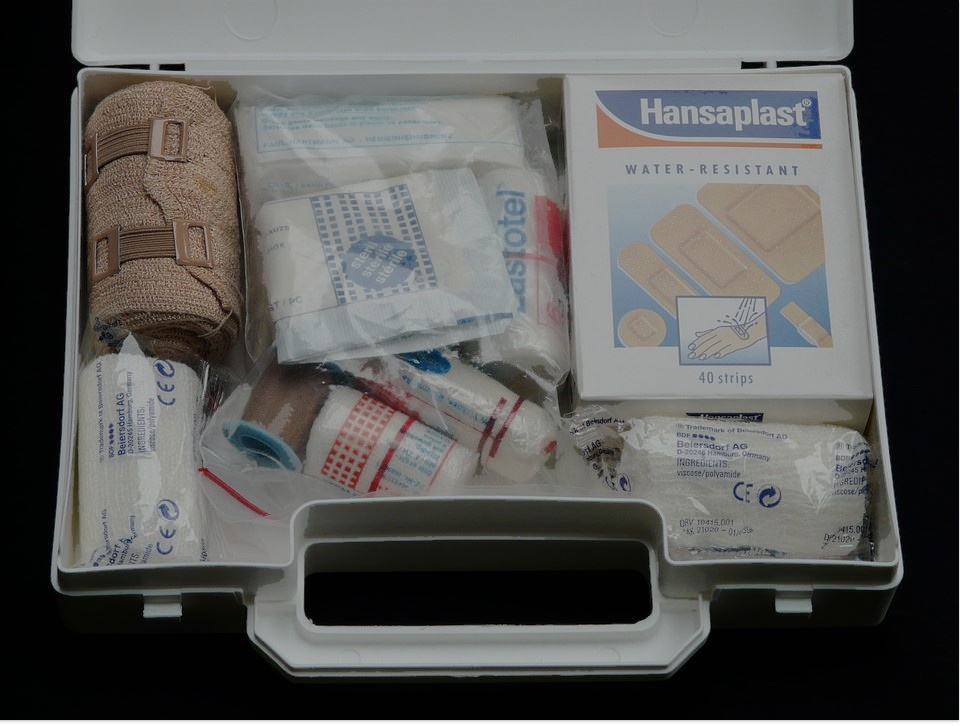 Burn Care
Burn Care Mental Health Rehabilitaion
Mental Health Rehabilitaion
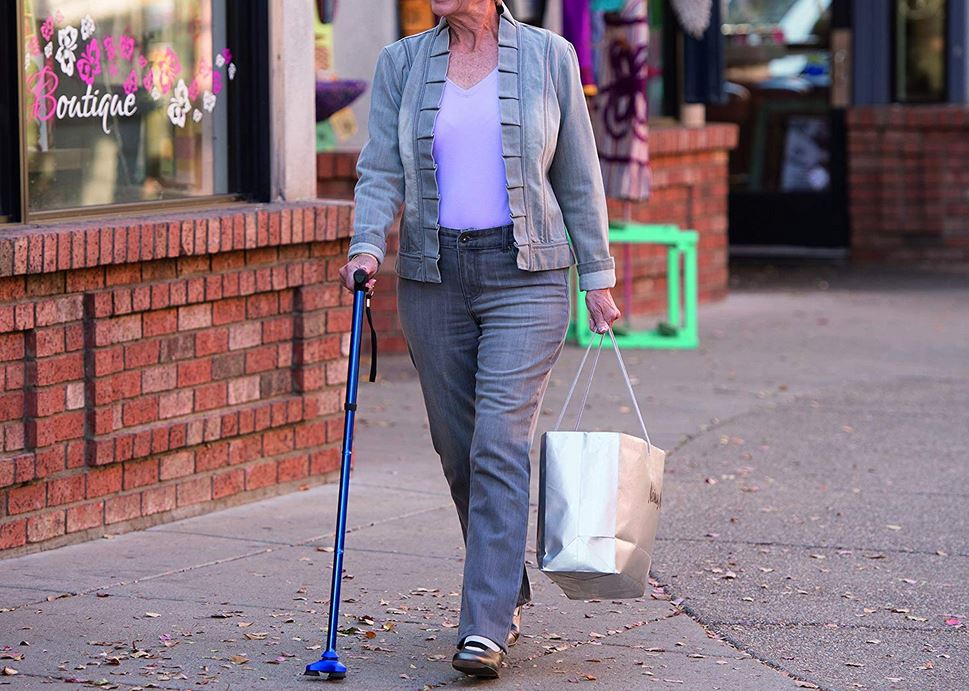 Canes
Canes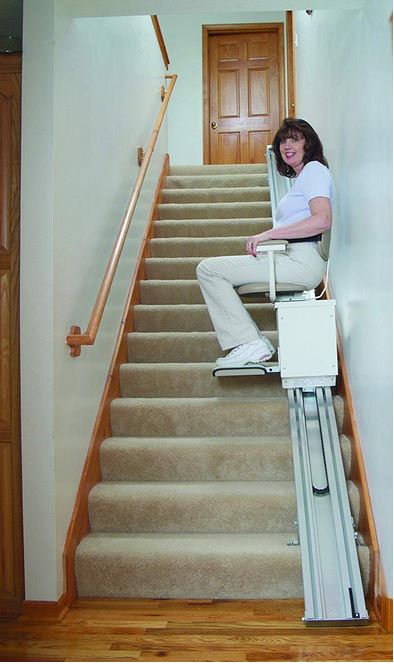 Chair Lifts / Stair Lifts
Chair Lifts / Stair Lifts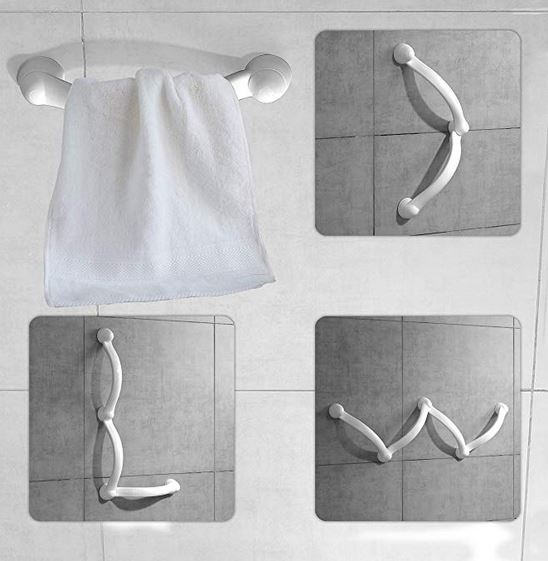 Grab Bars
Grab Bars Knee Scooters / Knee Walkers
Knee Scooters / Knee Walkers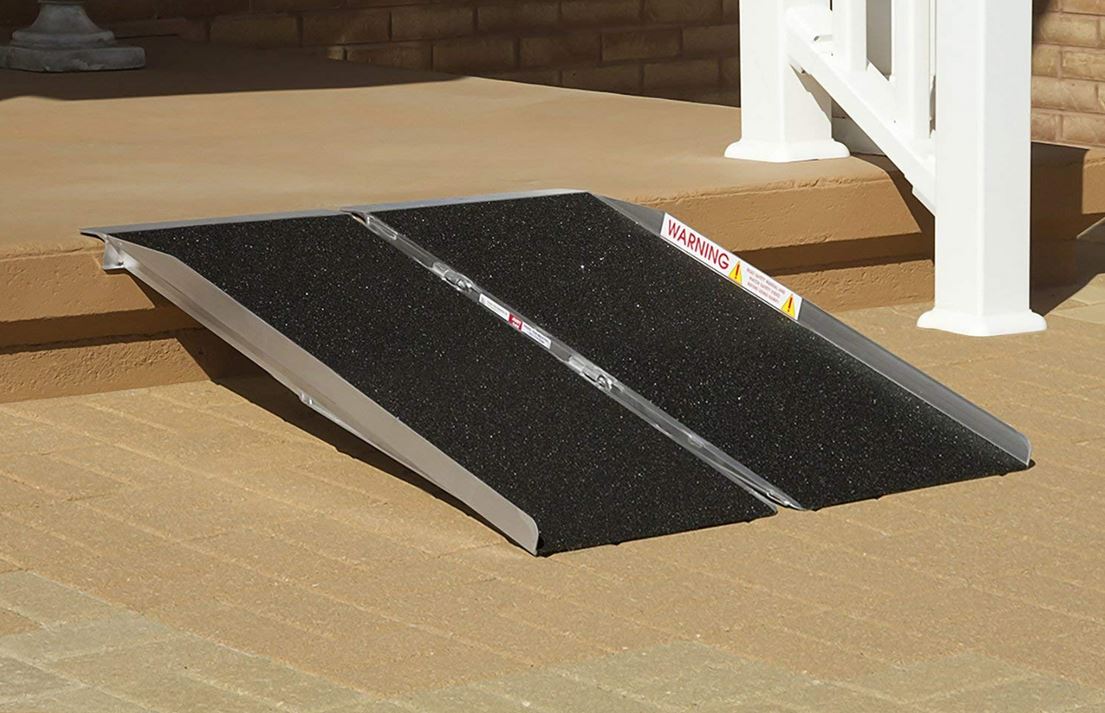 Ramps
Ramps Scooters
Scooters Transfer belts / pads / equipment
Transfer belts / pads / equipment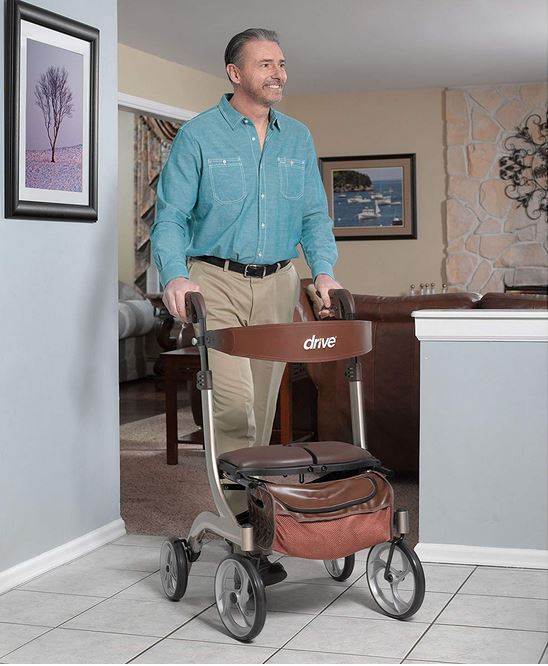 Walkers and Rollaters
Walkers and Rollaters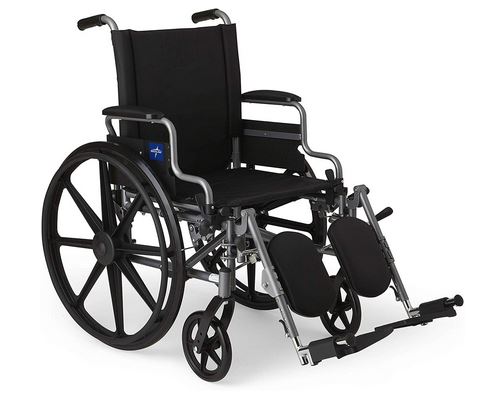 Wheelchairs and Mobile Chairs
Wheelchairs and Mobile Chairs
 Accounting and Tax
Accounting and Tax Books-Seminars-Courses
Books-Seminars-Courses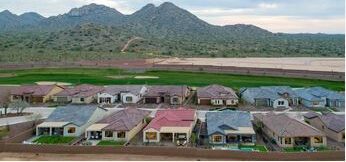
 ASSISTED LIVING
ASSISTED LIVING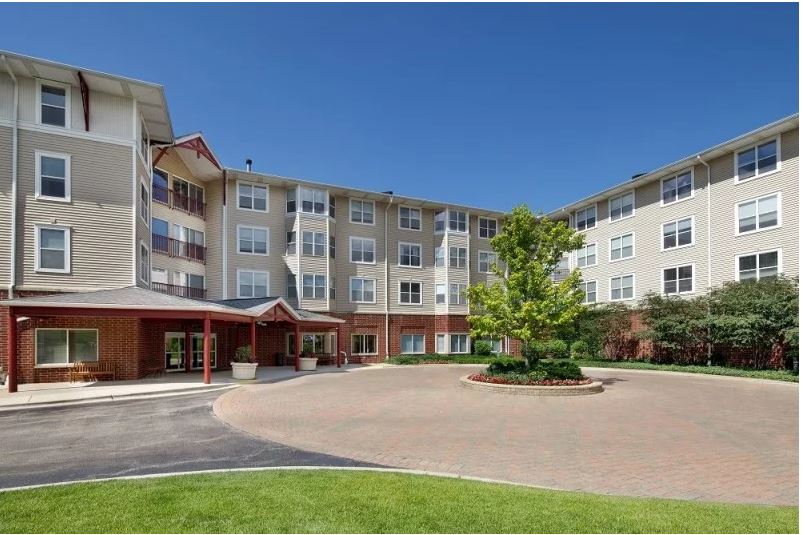 Assisted Living Facilities
Assisted Living Facilities Cohousing Communities
Cohousing Communities Manufactured Housing Communities
Manufactured Housing Communities Naturally Occurring Retirement Communities (NORCs)
Naturally Occurring Retirement Communities (NORCs) Personal Residence LIving Independetly
Personal Residence LIving Independetly Accessory Dwelling Units
Accessory Dwelling Units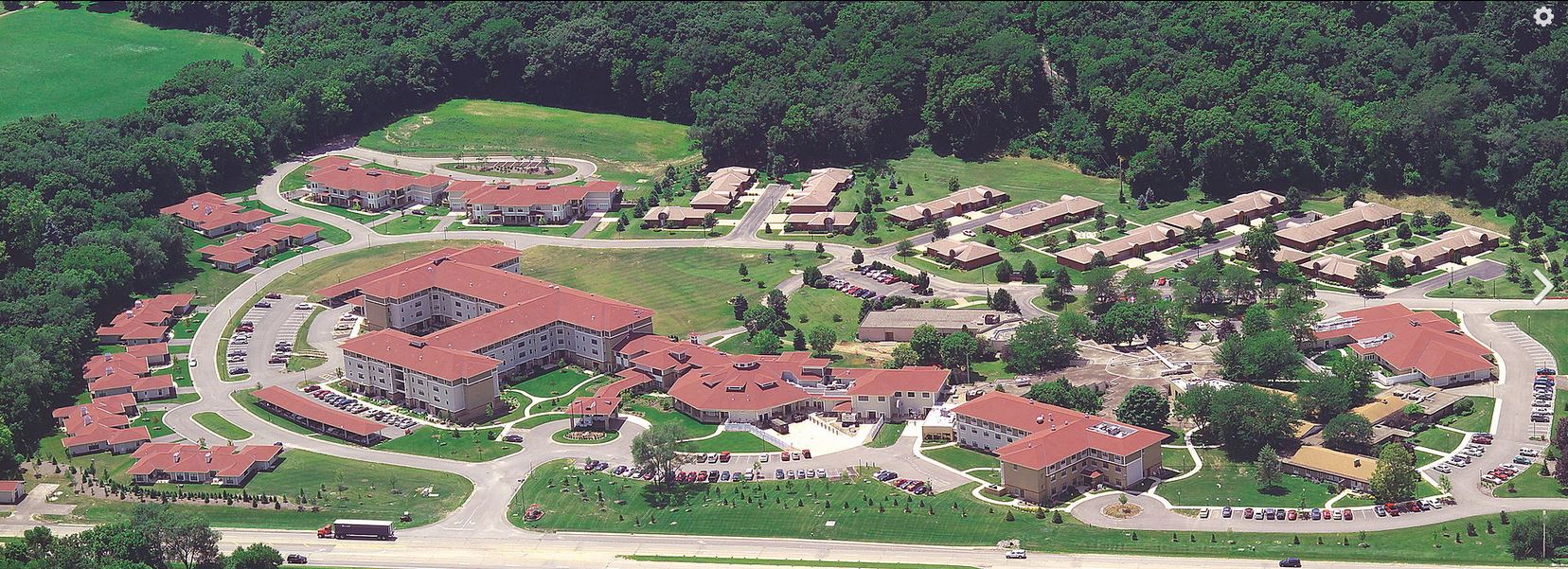 Continuing Care Retirement Communities
Continuing Care Retirement Communities Multigenerational Households
Multigenerational Households